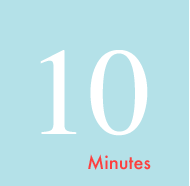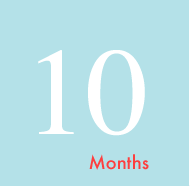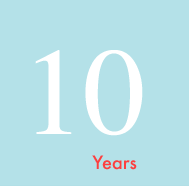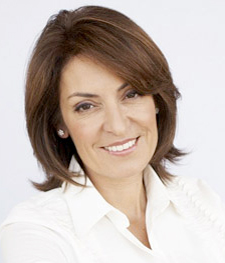10-10-10 in Action

Antoine Jefferson put 10-10-10 to use at his job in one of Pennsylvania's busiest welfare offices.
"For years I toiled about trying to make decisions and stick to them. But I struggled to find focus and bring about the change that I believed I was capable of.
Like other boys my age in the inner-city, I spent my days doing whatever I pleased. All that soon backfired and I was court-ordered into the state’s foster care system to correct my behavior. The transition wasn’t an easy one; foster home to foster home. Being placed in a intuitional educational center for children with mental and behavior problems didn’t help the cause, as I wasn’t in either category. I was just a shy kid who realized I was gay and I didn’t know what to do or who to be.
The time passed and I bounced around here and there. One day I looked up and I was an 18 year-old man. No job, no education, no money, no nothing.
Like an unspoken tradition amongst families like mine, I made my way to the county Welfare Office and applied for benefits. It wasn’t much, but they did offer secondary education and training programs. So I took advantage of them as often as I could.
It took a few years and then, at age 24, I found my calling -- or at least part of it. I took a internship at a City Health Center as a Clerical Assistant. From day one, I was thrust onto the front lines at the center working directly with the public and I loved it. I saw myself in the very people I was helping.
I still longed for something more. Then one day, it happened. I picked up a copy of O, the Oprah magazine and mid-way through was an article called 10-10-10. I read it and re-read it until I got it.
10-10-10 was the key to an unknown treasure inside me. I realized my lack of a plan when making decisions had resulted in many misguided attempts at getting it right. So, I decided from that day on to use the 10-10-10 approach to tackle situations I encountered -- everything from simple everyday choices to life altering ones.
I used 10-10-10 as the deciding factor when taking a job with the Commonwealth of Pennsylvania, in a welfare office. My free-spirited nature and optimistic attitude took a major hit when juxtaposed against the displeased, cynical and lacksidascial attitudes of welfare caseworkers and the inept and uncaring administrators who disregarded the very people we served.
Optimist that I am, I wrote a wonderful manifesto about the office attitudes and ideas on improving them. It went down like a bitter pill, but I’d done it and there was no turning back. It turned out to be the best career-changing choice I’ve ever made as it showed me who I was and what I was unwilling to stand by and be a part of.
The setup of 10-10-10 is easy: you put a situation before you, break it down into three simple steps for a timeline; using the timeline as a guide, envision the results of the choices you make and their potential outcomes to make an informed, balanced, well thought-out course of action.
And then you put it in motion, one step at a time."






